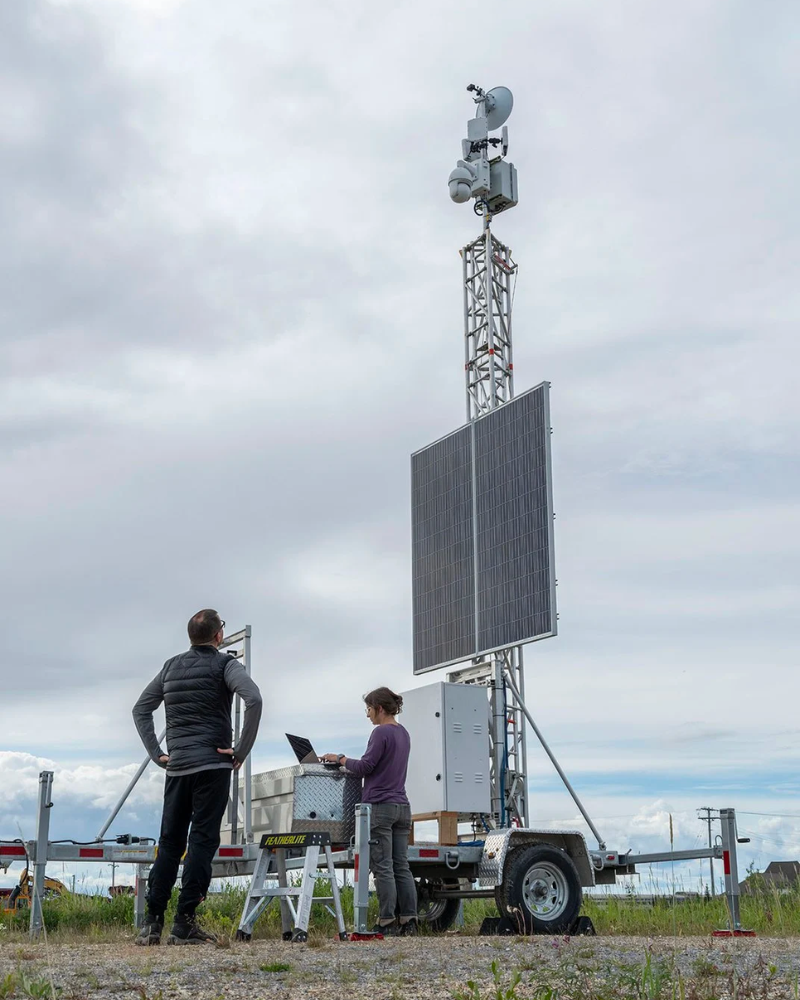
Polar Bears have been a topic of fascination for researchers for quite some time. Here is how scientists are getting a better understanding of these mammals, currently found in Canada, Norway, Russia, Greenland, and Alaska.
Tracking the Bears

Over the years, scientists have been continuously working on building tech that will help them better understand polar bears. One such method is to attach tracking devices to the bodies of polar bears. To ensure minimal damage to bears’ health, Jon Kirschhoffer, an industrial designer at 3M, along with his team, found two effective ways to conduct the studies. In one, a device with three small brushes and a long metal-wire handle, when attached to the neck of a sedated bear, can aid in the extraction of its fur. These brushes can be used to attach tracking devices to bears’ bodies, and to avoid getting the device snagged, Jon said, they attach three of them and put a protective cap on it as well. Other devices are of pentagonal design with metal tubes used to catch bears’ hair. Both devices are in the experimental stages, and scientists expect them to help track the bears for at least 270 days.
Artificial Intelligence
The polar bears’ tendency to travel across the sea ice makes it difficult for scientists to track the number of their species through aerial images. It’s not only expensive but also requires a lot of mental attention, which can be challenging. Therefore, scientists have been working on AI models that can not only reduce their workload but also help them track the bears more effectively.
Treadmill and Swim Chambers

To understand how moving across the Arctic affects polar bears’ bodies and how tiring it gets for them, biologist Anthony Pagano created a heavy-duty treadmill for polar bears. Later, a few polar bears were trained by the researchers at the San Diego Zoo and the Oregon Zoo to walk on the treadmill, which is kept in a chamber made of breakproof plastic and steel that weighs approximately 4,400 pounds. Swim chambers were also constructed to measure the exertion output of bears while swimming. Even though polar bears are not great swimmers, scientists predict that due to the thinning of the sea ice, they might have to swim for longer hours in search of food, which might decrease the survival chances of the species.